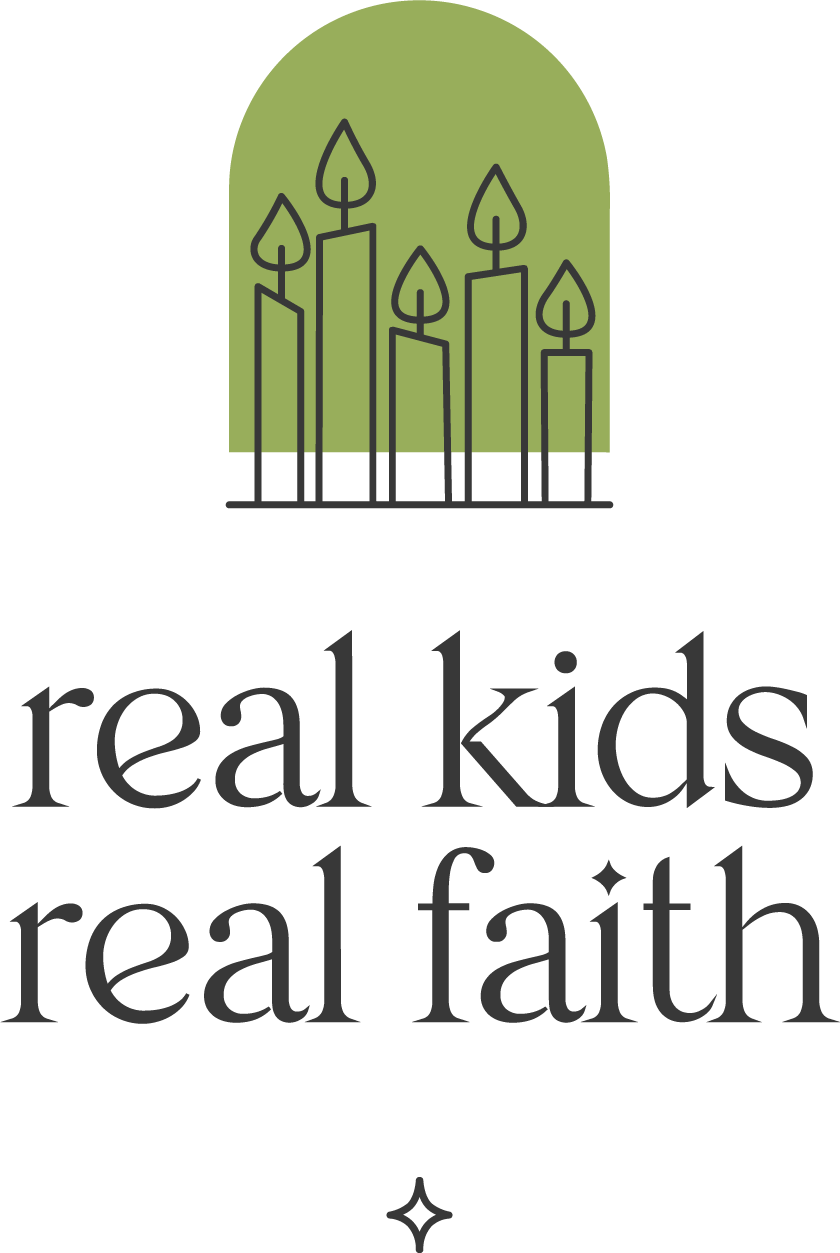The loss of a loved one can be devastating for a child. They may feel anxious and overwhelmed, as well as confused by rituals associated with death and grief. Author Kevin Johnson sensitively tackles this experience in Cape, his picture book for children ages 3-8. He draws on his own experience grieving the death of his father to help young children acknowledge and process their own pain. The story also models a way of coping that prepares kids for future losses.
Read the book aloud and use one or more of the following activities to explore the thoughts and emotions of grief together.
Rituals. When people die, their friends and family gather to mourn their death and celebrate their life. Share with children some of the typical things that happen in a funeral or memorial service, like words of remembrance (a eulogy), placing the body or ashes in a special place (burial or interment), gathering to share stories and photos (visitation, reception, collation), and spiritual or religious practices you might observe.
Denial. While other people are telling stories about the person who has died, the child refuses to look or listen. He doesn’t want to remember. Ask children: Why do you think the child doesn’t want to remember? Why do you think some of the other people want to remember? Invite them to list some pros and cons of remembering someone after they have died.
Protection. The child tries to use his cape to protect himself from his memories. He imagines sending them far into space or burying them deep in the ocean. Ask children: How do you try to protect yourself when something bad happens? Invite them to draw a picture of them using their own ‘superpowers’ for protection.
Remembering. Despite all the child’s attempts to stop them, memories of his loved one bubble up. Invite children to participate in a guided meditation to think about their loved ones. Say: Close your eyes and take a deep breath in (pause) and let it out. (pause) Think of someone that you love very much. (pause) Picture the two of you doing something you like to do together. (pause) Notice the looks on your faces as you do this thing together. (pause) Notice how your body feels as you imagine doing it. (pause) Remember how much you like being together. (pause) Take a deep breath in (pause) and let it out (pause), then open your eyes. Share your memories with one another if you like.
Caring. The child wants to tell his Auntie what he has remembered. When he discovers she is sleeping, he covers her with his cape. Invite children to think of ways that they can care for others when bad things happen. Act out scenarios in which they see that someone is hurting and they respond. Encourage them to imagine and demonstrate at least 10 different ways for showing that they care.

Comments